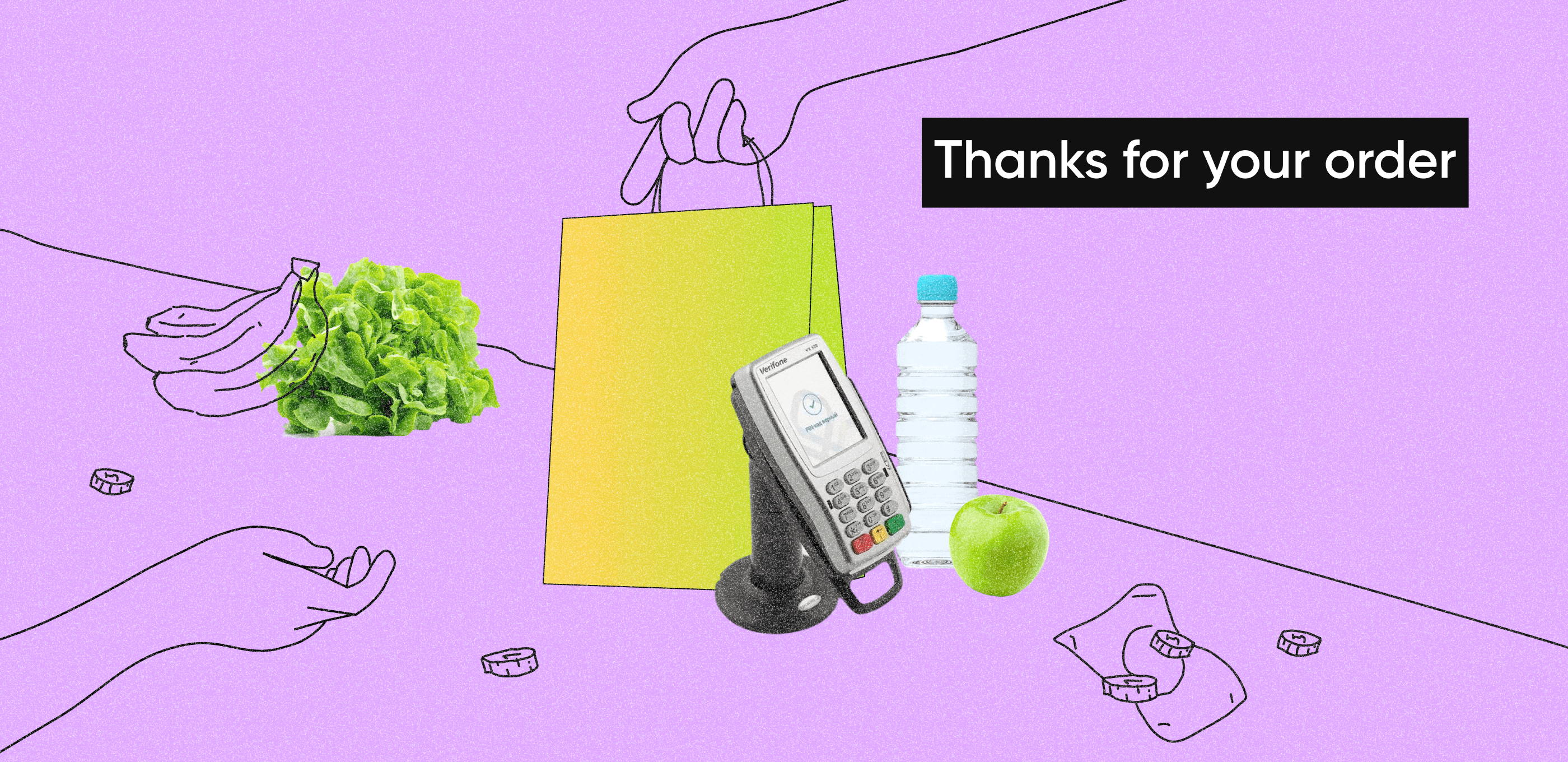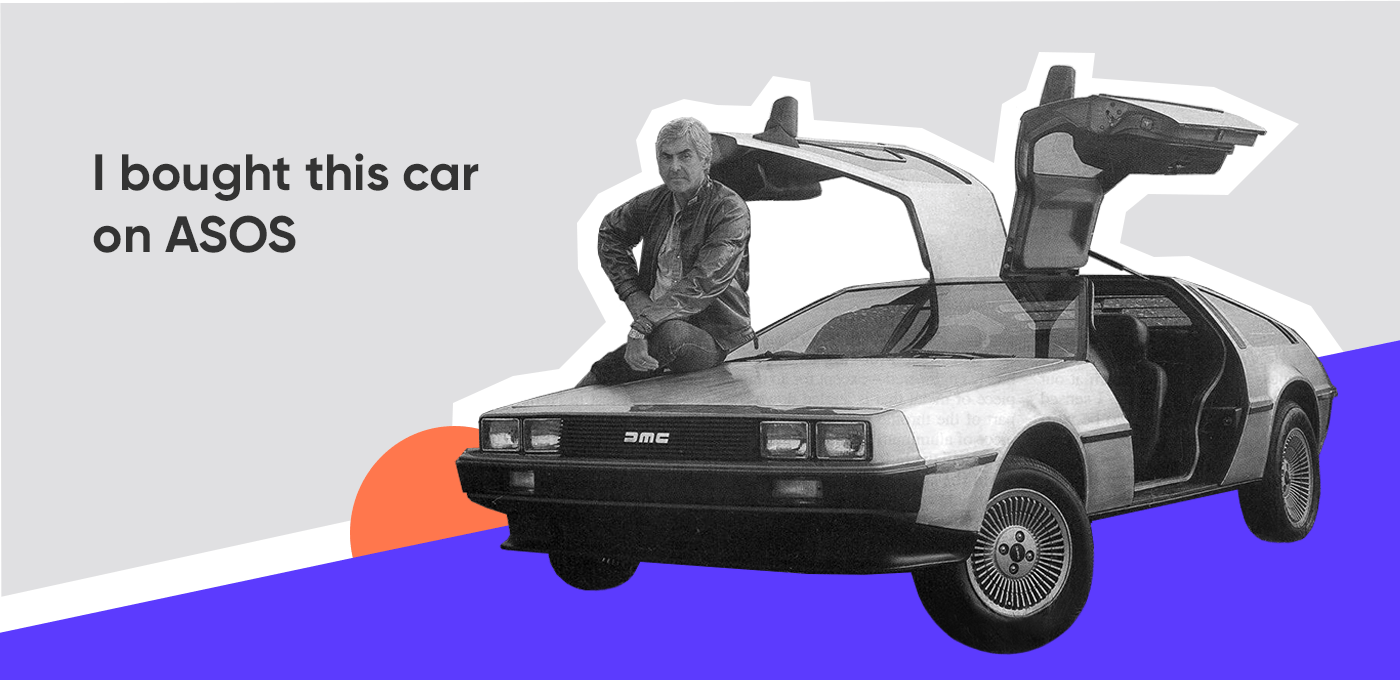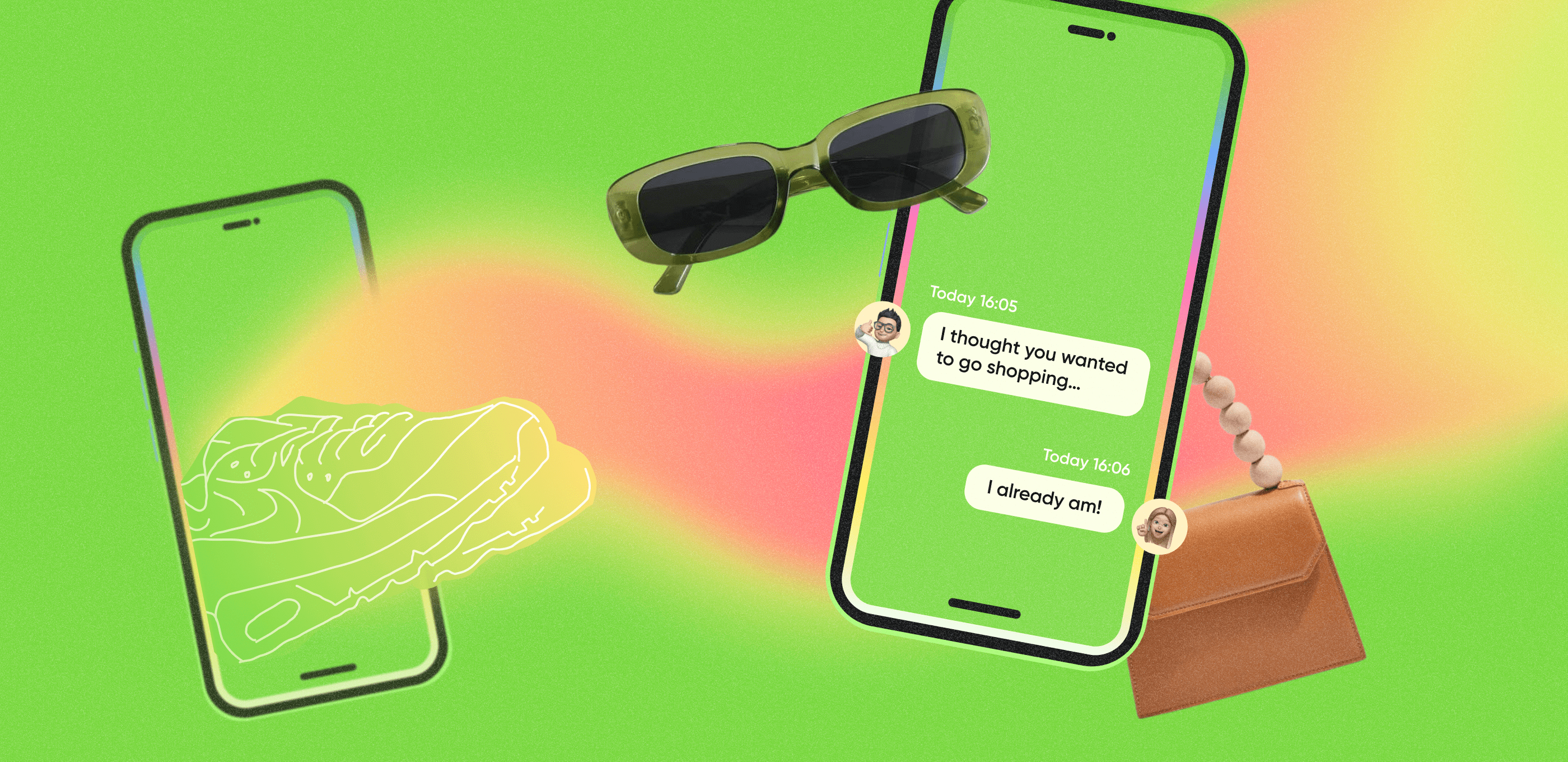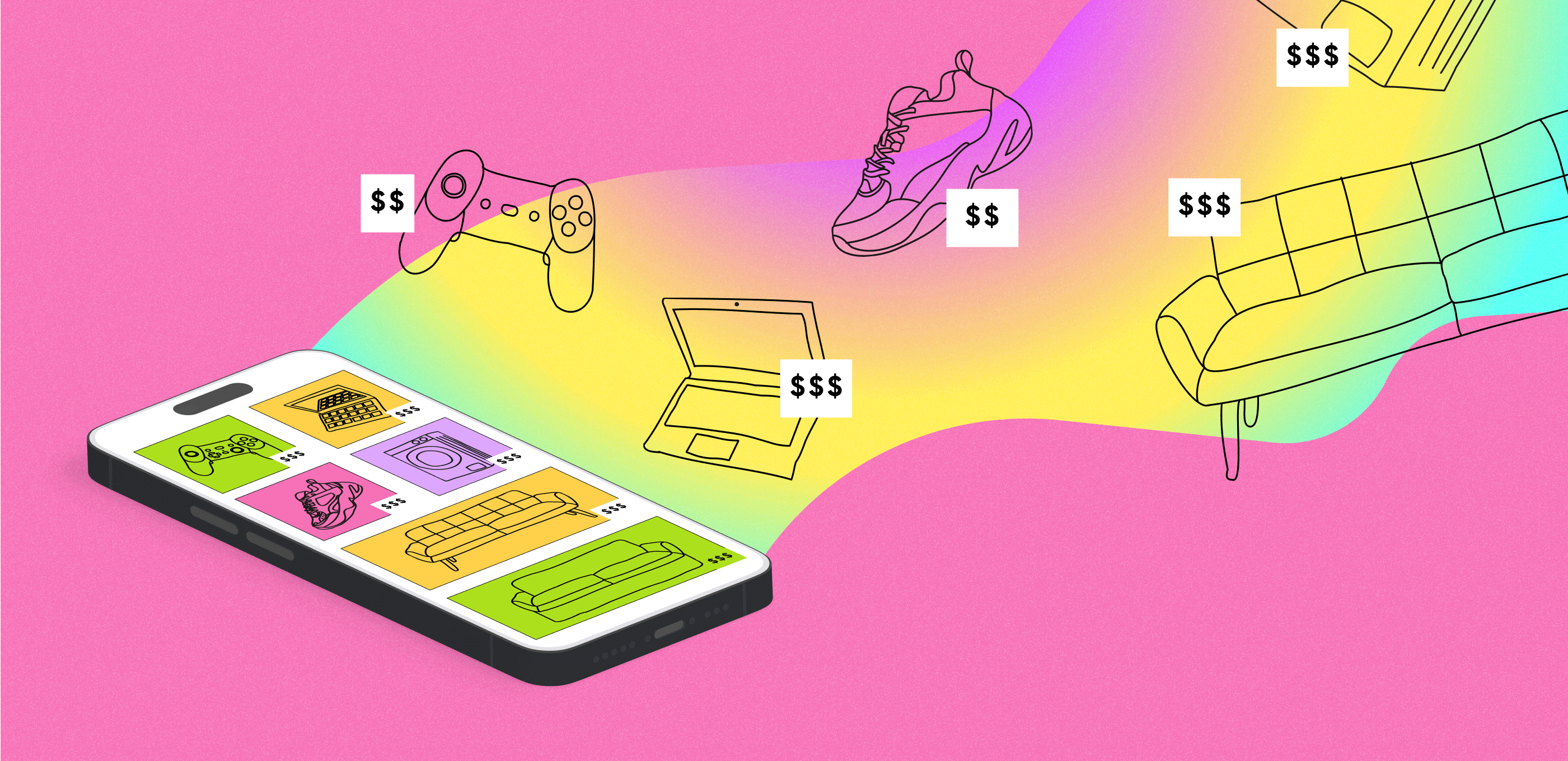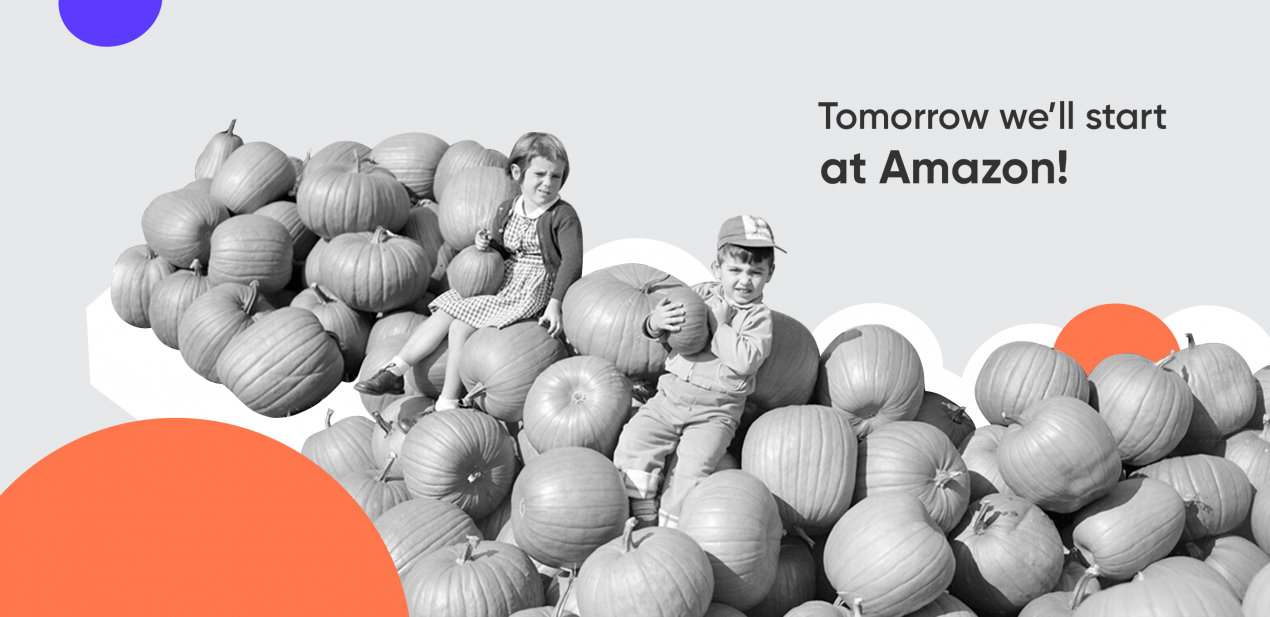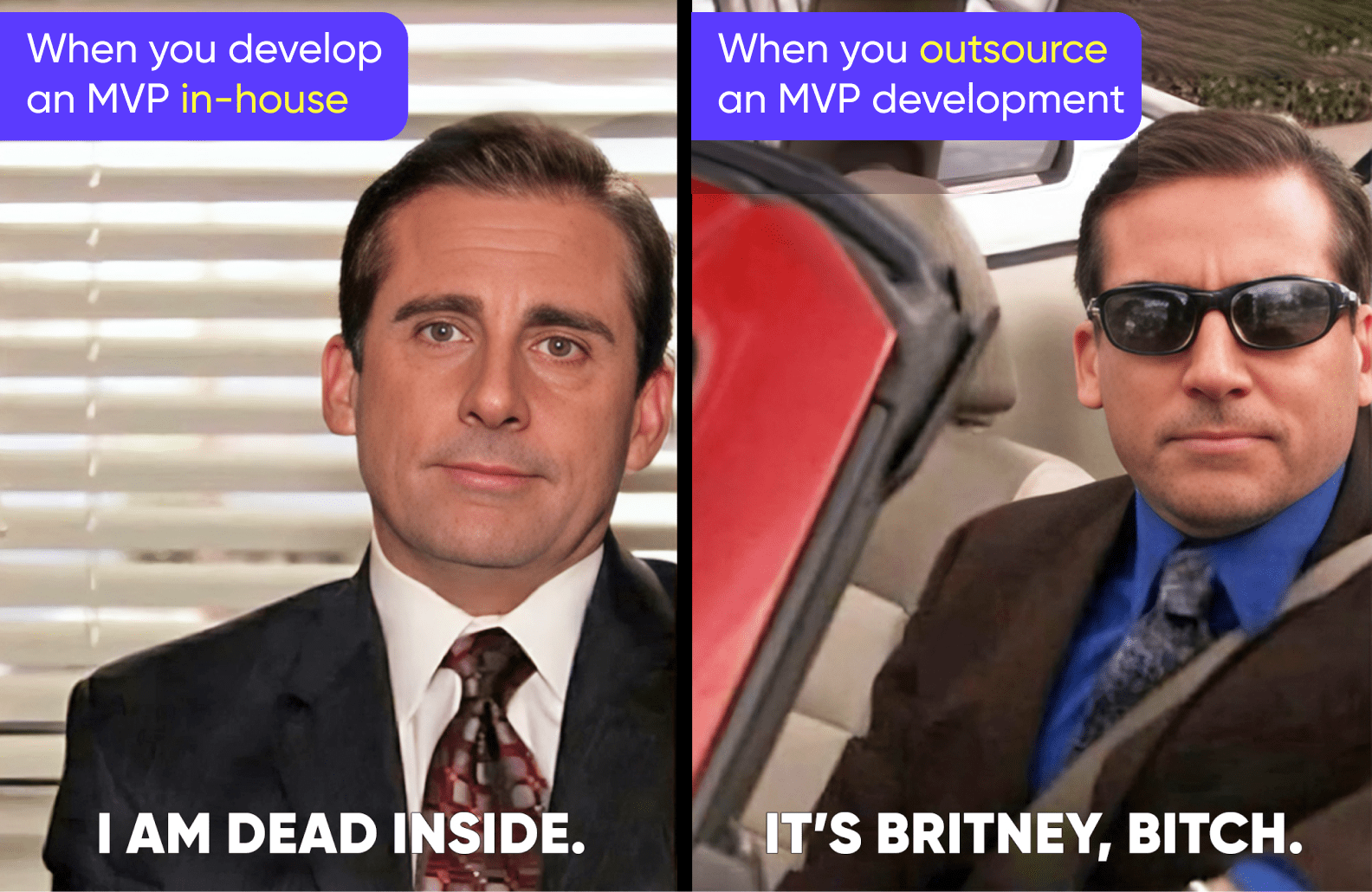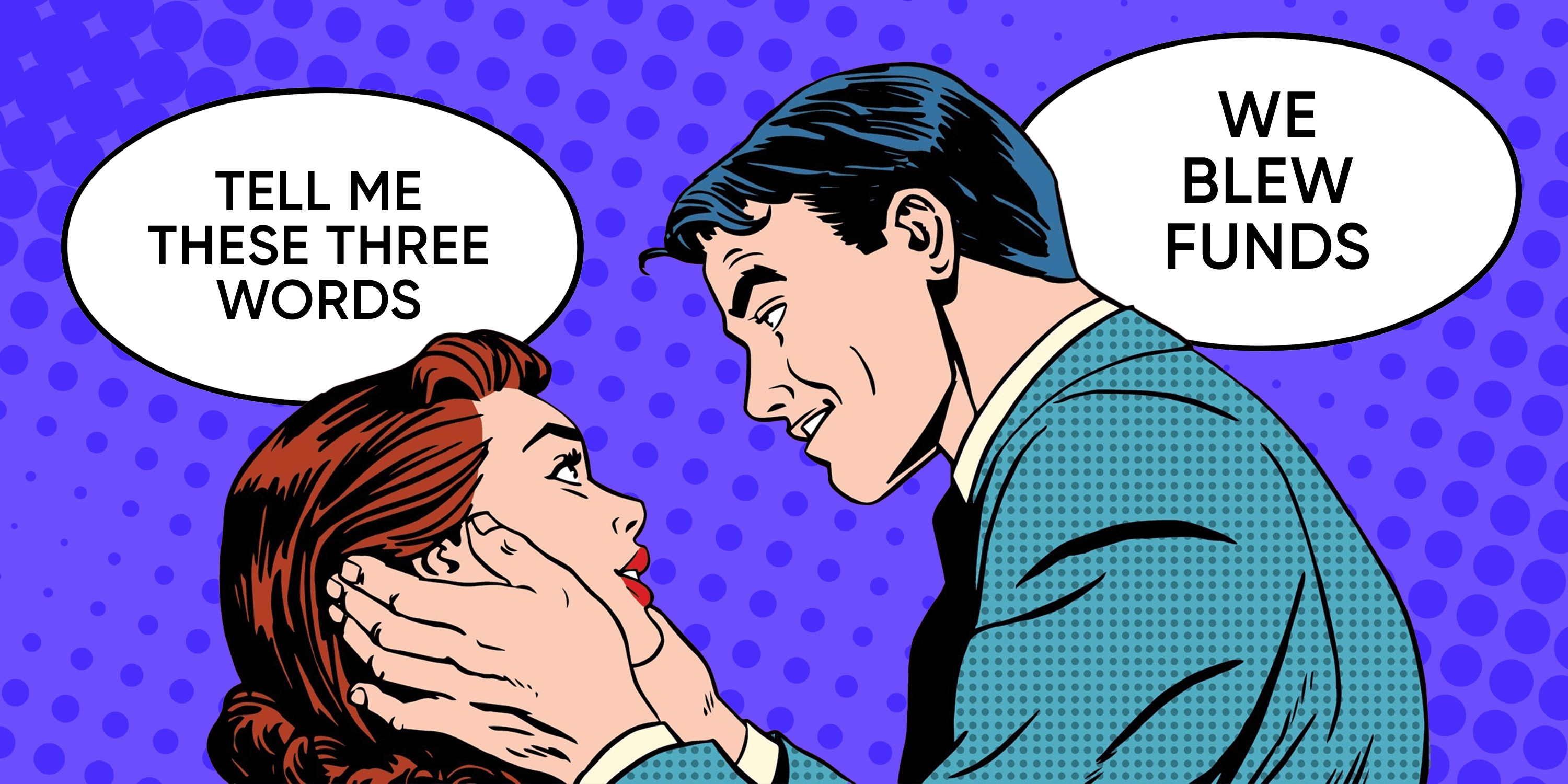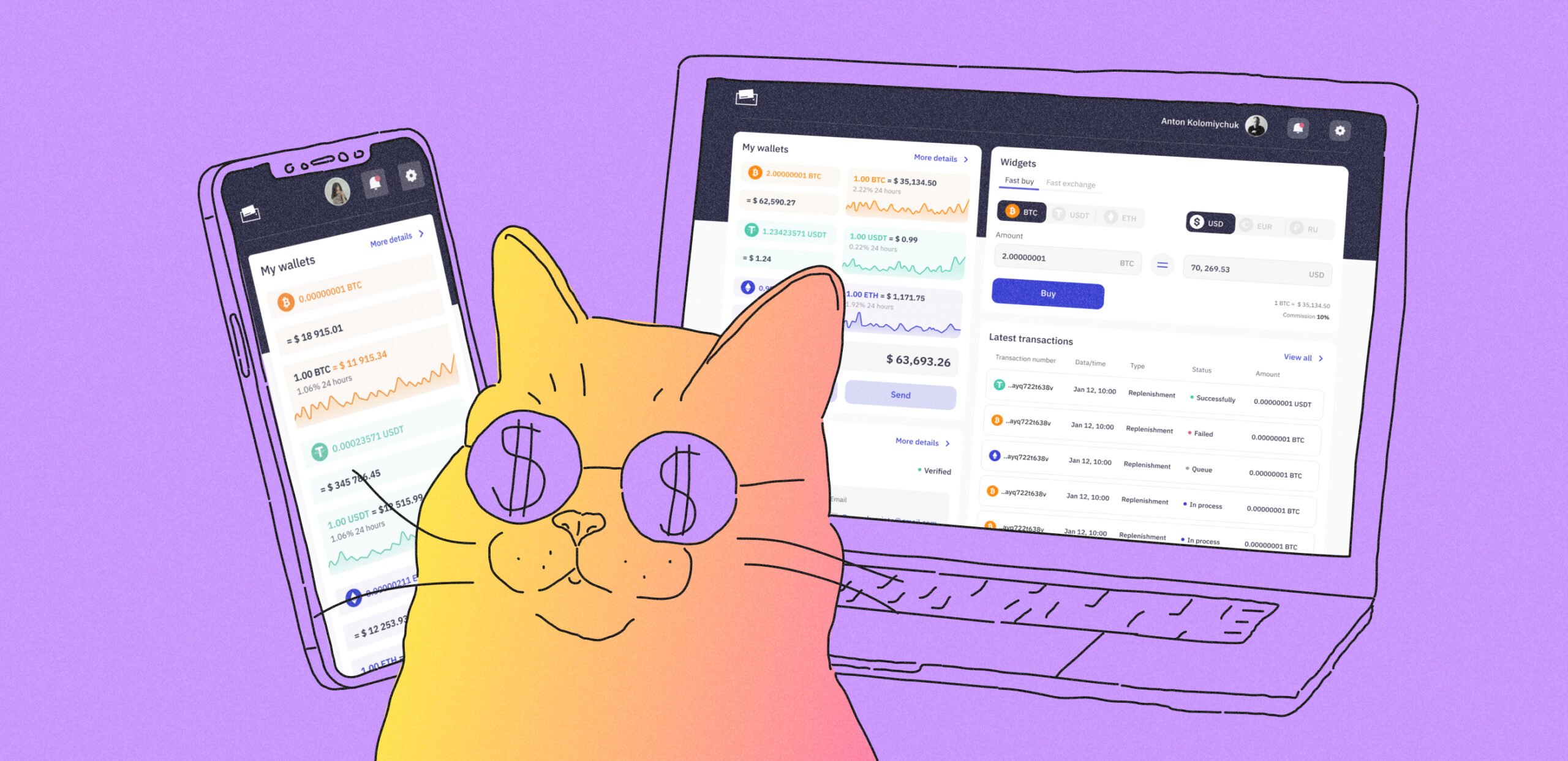Key takeaways
-
- Marketplace apps connect buyers and sellers on a single platform for profit.
- To succeed, conduct market research and choose the right business model and monetization strategy.
- Implement essential features like user profiles, search, and payment systems. Try to focus on user experience, scalability, security, and performance.
- The marketplace app development will take 5 to 8 months and cost about $80,000.
Why it’s worth creating a marketplace app: global statistics
Creating a marketplace is an exciting venture that has gained immense popularity in recent years. In 2023, online marketplaces worldwide garnered sales of over $3.5 trillion, primarily fuelled by transactions from third-party vendors. The popularity of online shopping continues to grow, with almost three billion people deciding to shop online this year.
E-commerce is predicted to make up approximately 20.1% of the total global retail sales in 2024, with a projected value of $6.15 trillion.
Apart from joining the rapidly growing market, building a marketplace app has other benefits. It offers a scalable business model: with a marketplace, you can harness the power of network effects, where more buyers and sellers are joining the platform every day. This leads to exponential growth of your customer base and boosts revenue streams.
In short, creating a marketplace is a smart investment that presents many opportunities for IT industry entrepreneurs looking to build thriving online businesses.
Types of marketplaces
Different types of marketplaces have emerged, each catering to specific needs and preferences. The most notable ones are:
By audience type:
-
- Peer-to-peer — a type that connects people with a certain product to people who want to buy it. Potential buyers can browse the listings and contact the seller directly to negotiate the terms of the sale. Once a deal is agreed upon, the buyer pays the seller directly through the platform, and the platform may take a commission on the transaction.
- Business-to-customer — the marketplace acts as an intermediary between the retailer and the consumer, providing a platform for the retailer to list their products and services and for consumers to browse and purchase them.
- Business-to-business — a type that allows companies to provide goods and services to other companies. In a B2B marketplace, businesses can create listings to sell their products or services to other businesses and also browse listings to find products or services they need for their own operations.
By the merchandise provided:
-
- Goods marketplace — this is mainly about selling physical goods; examples of such companies are Amazon and AliExpress.
- Service marketplace — where customers search for various services; popular examples are Uber, Fiverr, and Airbnb.
- Hybrid — marketplaces provide a wide range of goods and services. The best examples are Craigslist and OLX.
By focus:
-
- Vertical — are specialist marketplaces that focus on a specific niche or industry. For example, Airbnb is a vertical marketplace with a focus on renting apartments.
- Horizontal — they are generalist marketplaces that offer a wide range of products and services across multiple categories. eBay or Amazon are horizontal marketplaces.
In addition to the audience type and merchandise provided, other factors that distinguish various marketplace categories include the pricing model, geographic location, and target industry.
Top 3 successful marketplaces
When it comes to building a marketplace app, it’s important to look at the existing marketplaces for inspiration. Here are 3 of the most successful marketplaces that can serve as models for your own app.
Amazon
As the largest online marketplace in the world, Amazon sets the bar for what a successful marketplace app can achieve. Its user-friendly interface, wide variety of products, and fast delivery times make it a go-to destination for online shoppers.
AliExpress
AliExpress is a popular online marketplace that connects buyers with sellers from all over the world. It offers a vast selection of products at competitive prices, including electronics, clothing, and home goods.
Airbnb
Airbnb is a popular platform that connects travelers with unique and affordable accommodations in cities around the world. Hosts can list their properties, from apartments to treehouses, and travelers can easily search for and book their desired stays. Airbnb offers a range of options to fit any budget or travel style, from luxurious villas to budget-friendly shared rooms.
Core features of successful marketplaces
Here’s a range of key marketplace app features to ensure the success of the platform and user satisfaction. These features are essential for creating a comfortable interaction between users and the marketplace platform. To avoid missing important ones, we have compiled a handy list for both buyers and sellers.
Features for buyers
User registration. Buyers can create accounts that contain personal information. Keep in mind that buyers need to feel confident that their personal information is being handled securely and responsibly when they register an account. So, make sure that your marketplace app provides the right level of security so as not to undermine user trust.
Product or service listing. Sellers can create listings that are easily accessible to buyers. Every item or service needs a card with detailed information about it.
Search and filtering. With a search bar, buyers can enter keywords or phrases related to what they want to buy. They can then use filters to refine their search results by price, location, category, and seller rating.
Order tracking. A system that allows buyers to track the progress of orders, including shipping and delivery information. This information can be accessed through a unique tracking number provided by the seller or shipping carrier, which buyers can enter into the tracking system. Or the order can be tracked directly in the app so the user doesn’t have to go somewhere else.
Payment processing. A secure payment system that allows buyers to make transactions with sellers and for the marketplace to collect fees. Utilizing a payment gateway is essential for online transactions. A payment gateway is a technological solution that enables merchants to securely accept and process transactions made on the internet.
Reviews and ratings. A feature that allows buyers to leave feedback on the products or services they have purchased and the overall transaction experience with the seller.
Messaging and communication. This feature enables buyers to ask questions about the products or services they are interested in and for sellers to provide answers and build relationships with their customers. Such a system helps create a more personalized shopping experience for buyers.
Features for sellers
Seller profile. A profile page for the seller includes their business name, contact information, ratings and reviews, and other important details.
Stock and order management. An order management system helps sellers track their orders, manage inventory, and process payments. By using this system, sellers can easily track their sales and inventory levels and automatically update the available stock when orders are placed or fulfilled.
Analytics and reporting. A tool for tracking and analyzing shop activity, such as sales, traffic, and user behavior. By using this tool, sellers and administrators can gain valuable insights into the performance of their shop and make data-driven decisions to improve their business.
Customer support. A system for providing support both to buyers and sellers, such as a help center, chat support, or email support.
Tech stack for marketplace development
At Purrweb, we see efficiency in a JavaScript-based technology stack that we used for developing over 300 projects.
We recommend using React.js and Node.js to build a web-based app, as they provide better performance and faster running speeds. React.js is perfect for creating the front-end interface, while Node.js is ideal for the back-end or server side.
If your main goal is to create a desktop app, we recommend using Electron.js. This framework is compatible with macOS and Windows and can be developed using HTML, CSS, and JavaScript, saving you time and money.
For mobile app development, React Native is our top pick. With this framework, you can create a marketplace app that works on both iOS and Android which can save you time and resources by allowing a single team to work on both versions simultaneously.Overall, choosing the right tech stack can help ensure your trading platform runs smoothly and works seamlessly across devices.
7 steps to build a marketplace app
Building a marketplace can be challenging, but it can also be rewarding. Whether you’re selling physical goods, offering services, or connecting buyers and sellers in a specific niche or industry, there are steps and considerations to keep in mind.
We recommend starting with an MVP. A minimum viable product is a product version that includes only the essential features to solve a core user problem. The primary objective of an MVP is to deliver immediate value, reduce development costs, and obtain data and feedback that can be used to enhance future iterations. So, here are some core benefits of MVP development:
-
- MVP will help you test the waters and understand whether your product fits the market at minimum expense.
- You will be able to gain valuable feedback from your target audience on your app’s main features and get new ideas on how to further improve your product.
It is even more beneficial if you plan on making a complex app with a variety of features that need testing and debugging.
Step 1. Define the marketplace type and do the research
Before you start your marketplace app development, figure out which kind of marketplace you want your app to be.
Then, do the market research. It is an essential part of building a successful marketplace app that allows you to understand your target audience and assess the competitive landscape. If you want to create a marketplace that will bring in real income, do not skip this point.
The first step in conducting market research is to define your target audience. This involves identifying the demographic, geographic, and psychographic characteristics of your ideal customer.
The next step is analyzing your competitors’ strengths, weaknesses, target audience, pricing strategy, and marketing tactics. This can help you identify gaps in the market and opportunities to differentiate your app.
Step 2. Select the monetization model
You should also select the monetization type of your app in advance, as the chosen marketplace business model affects the further mobile app development process and tech stack. The ways you can monetize your marketplace include:
-
- Commission for every transaction
- The subscription fee for sellers for a certain usage time
- A charge for posting a new listing or a certain additional fee for listing promotion
- Selling advertising space
Step 2. Define key features for sellers and buyers
Making an on-demand marketplace app means that you have to accommodate both sellers and buyers who will use your app. So, before you build a marketplace app, you need to decide on the key features your product will have for both user categories. The features buyers use are largely different from the ones used by sellers, sometimes to the point that the app can be separated into two different ones.
Consider implementing the functionality from the core features section of this article. If you can also provide the seller with custom marketplace features, they will be more comfortable interacting with the platform.
Step 3. Focus on the UI/UX aspect
With the next step, it is time to begin to build the marketplace app. The first part of that process is to design the UI/UX of your application based on the target audience, goals, and features you’ve determined.
In most cases, it is better to create an MVP for your application. However, the UI/UX design for this version should still be polished. A well-designed UX and modern UI can help you receive more valuable feedback from the community and make a positive first impression on your target audience.
Step 4. Choose the appropriate tech tools
Any technical marketplace app development problem you might encounter during the process can be resolved using the right tools. Nowadays, there are dozens of tech solutions, most of them with a broad array of functions that often overlap. This makes it hard to choose the most suitable marketplace app tech stack and is typically a matter of preference of the developer.
As we mentioned, some helpful instruments you might choose for different stages of development of your project include:
-
- React Native for cross-platform mobile app development
- Node.js and React JS for web apps
- Electron.js for desktop apps
Step 5. Proceed with coding
The coding phase of online marketplace app development involves building the app’s back end and front end. The back end is the server-side logic that powers the app’s functionality, such as user authentication, data storage, and communication with external services. The front end is the user-facing part of the app that enables users to interact with the app’s features, such as browsing listings, making purchases, and leaving reviews.
Testing is necessary during and after the coding stage. This involves identifying and fixing any bugs or errors in the app’s functionality, ensuring that it works smoothly across different devices and platforms and that it meets the app’s performance, security, and user experience requirements.
Step 6. Release the app and expand your reach
If your goal is to build a successful marketplace app, you need to focus on reaching as big of an audience as possible. This means that you need to make your app available on various platforms, advertise your platform through multiple popular social media channels, and make sure that your application is scalable and ready for a big audience.
This is why cross-platform development tools, namely React Native, are so helpful during marketplace application development. If you’re not sure about which platform your target audience uses (common case for MVPs), you can design and present your platform on both the Google Play Store and Apple App Store.
Step 7. Prepare for proper maintenance and support
The app development process doesn’t abruptly end when you put your product on the market. Next starts the endless process of maintenance and improvement of your application. This includes the analysis of what your customers like and dislike about your product, which features are obsolete, and which you still need to add.
Generally, what you need to do after the app deployment is customer support, searching for bugs and their fixing, the addition of new functions, and quality-of-life improvements.
How much does it cost to build a marketplace platform?
Building a marketplace platform is a complex process that requires careful planning, execution, and management. The platform’s cost can vary depending on several factors:
-
- Platform complexity. The more complex the marketplace app, the higher the cost. A simple platform with basic features will cost less than a complex platform with advanced features.
- Design. The design of your platform can affect the cost. A basic, minimalistic design will cost less than a complex, visually appealing design.
- Development team. The hourly rate of the development team can also impact the cost of building a marketplace platform. The more experienced the team, the higher the cost.
Based on these factors, the cost of building a marketplace app can range from several thousand dollars to several hundred thousand dollars. A basic marketplace app development costs around $80,000. A more complex platform with advanced features can cost anywhere from $80,000 to $100,000.
It’s important to note that these are just estimated ranges, and the actual cost can vary depending on the specific requirements of your project. To get a more accurate estimate, it’s recommended to consult a development team — get in touch with us for a free project estimation.
Our experience
Our team has extensive experience in marketplace app development that caters to a variety of needs and niches.
We take great pride in fully considering our clients’ needs in every project we undertake. Our focus is on creating a marketplace that is not only functional but also user-friendly, visually appealing, and scalable.
Allow us to share some of the MVPs we have created for marketplaces: a B2B marketplace that connects buyers with suppliers and a C2C platform for a peer-to-peer lending service.
Сontentplace
The goal of the project was to create a private platform where authorized users could sell and buy video content rights. Contentplace is exclusive and requires an invitation to gain access.
The MVP was developed in 3 months and offers a range of features to buyers and sellers.
Buyers can quickly and easily find video content for marketing purposes. They can filter their search by content type, topic, audience, price, quality, and video length.
Sellers can spread their content and find funding. The features available for sellers are creating content plans, uploading video content, adding descriptions, setting prices, organizing a portfolio of works, and choosing a subscription plan.
The platform aims to provide a user-friendly and convenient experience to all users. The clients were pleased with the MVP and quickly entered the market to test the idea with a working product.
TuneTank
This is an innovative music licensing marketplace designed to connect talented musicians with businesses and media outlets seeking music for their projects. The platform provides a comprehensive solution for licensing music, offering a range of tools and features that make the process fast and easy.
With TuneTank, musicians can monetize their creative work, and businesses can easily find the perfect song for their project without wasting time and money on the traditional music licensing process. The platform is a game-changer for the music industry, offering a win-win solution for musicians and businesses alike.
In conclusion, custom app development can be a complex process but with the right team and strategy, it can be a highly rewarding investment. By following the steps outlined in this guide, you can develop an app that stands out in a crowded market.
If you are planning to create a marketplace app, tell our experts about it in the form below. Our team is always ready to help you bring your vision to life and create a marketplace app that drives growth and success.

